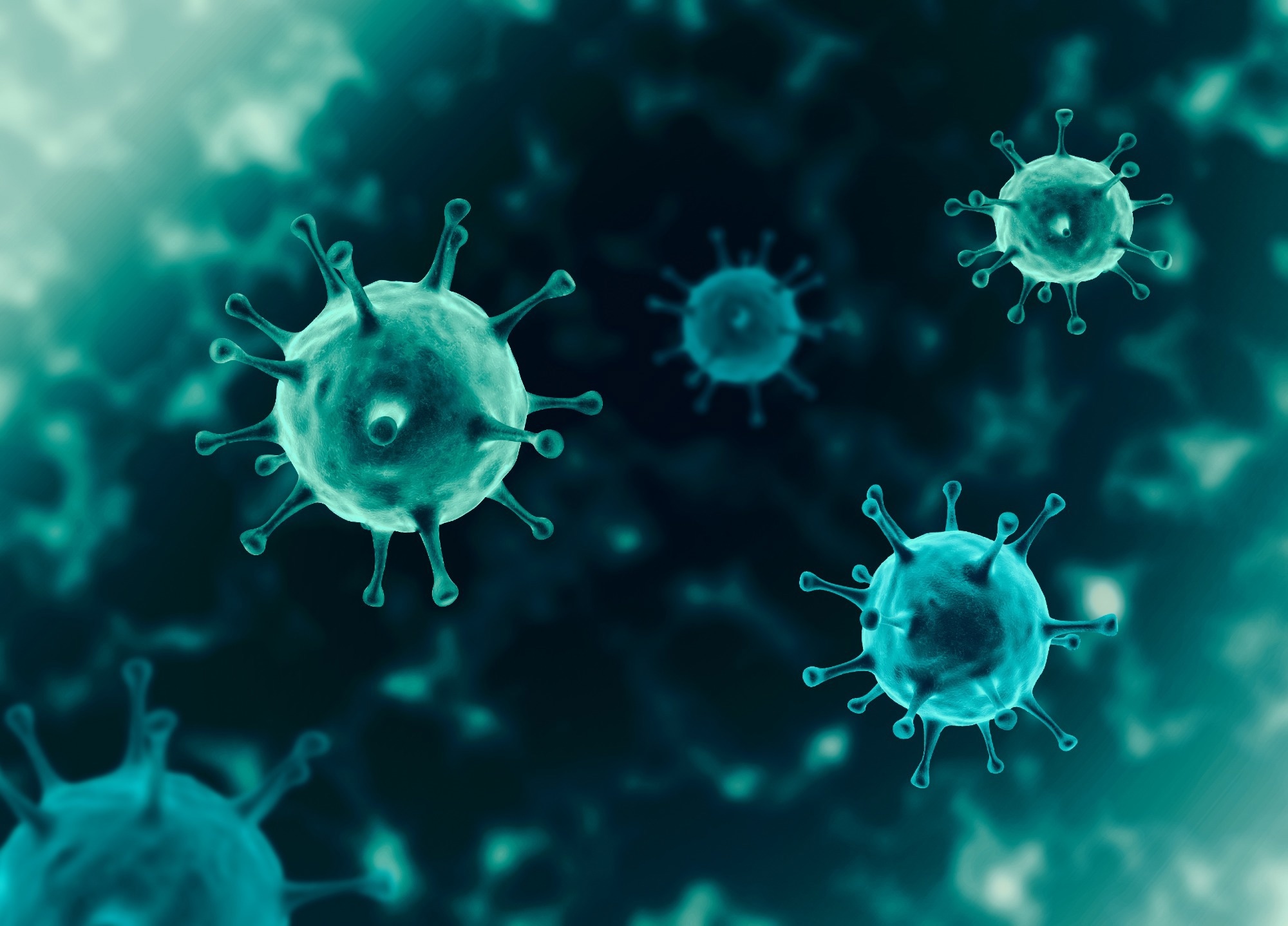In a recent study posted to the medRxiv* preprint server, researchers developed a model to reconstruct the estimates of how many travelers would have tested severe acute respiratory syndrome coronavirus 2 (SARS-CoV-2)-positive at the country of departure. They used data from French Polynesia, where they maintained SARS-CoV-2 screening at airport arrivals in a systematic manner.
 Study: Real-time surveillance of international SARS-CoV-2 prevalence using systematic traveller arrival screening. Image Credit: Nhemz/Shutterstock
Study: Real-time surveillance of international SARS-CoV-2 prevalence using systematic traveller arrival screening. Image Credit: Nhemz/Shutterstock

 *Important notice: medRxiv publishes preliminary scientific reports that are not peer-reviewed and, therefore, should not be regarded as conclusive, guide clinical practice/health-related behavior, or treated as established information.
*Important notice: medRxiv publishes preliminary scientific reports that are not peer-reviewed and, therefore, should not be regarded as conclusive, guide clinical practice/health-related behavior, or treated as established information.
Background
Travelers arriving at the airport were screened and tested for coronavirus disease 2019 (COVID-19) in multiple countries. COVID-19-positive individuals were subsequently isolated to control the spread of the disease. Although some countries reported the number of infected individuals detected at arrivals over time, this data was primarily limited to small-scale testing programs that lasted for the short term. Thus, there is a lack of systematically reported long-term SARS-CoV-2 testing data of travelers arriving at an airport on a global scale.
Despite the inconsistency in reporting airport COVID-19 testing data, it provides a unique opportunity for SARS-CoV-2 surveillance in multiple countries. However, the challenge is that the infections detected among arriving travelers reflect only a subset of all the SARS-CoV-2 infected individuals.
About the study
In the present study, researchers used data from over 220,000 COVID-19 tests performed on travelers arriving in French Polynesia between July 2020 and March 2022 to estimate SARS-CoV-2 prevalence at airport departures of multiple countries.
French Polynesia witnessed three COVID-19 pandemic waves caused by wild-type, Delta, and Omicron SARS-CoV-2 variants. Among arriving travelers, 15% of measured cycle threshold (CT) values were below 20, with a distribution lower in the self-testing of healthcare workers. Most travelers entering French Polynesia had either the US or metropolitan France as the origin of their trip.
During the first surveillance phase, travelers adhered to the COV-CHECK self-test protocol performed four days after arrival. In addition, the travelers performed a reverse transcription-polymerase chain reaction (RT-PCR) test within 72 hours of departure. Later in February 2021, quarantine was also made mandatory in this protocol.
The researchers also assessed whether arrival screening could reliably estimate international SARS-CoV-2 dynamics. To this end, they converted SARS-CoV-2 prevalence at departure, reflecting current positivity into an estimate of new daily infections. Further, they compared cumulative SARS-CoV-2 incidence over this time as repeated serological surveys in France and the USA.
Study findings
There were 1341 positive arrival tests in the study dataset, with considerable differences in weekly prevalence throughout the pandemic. The researchers noted that epidemic growth and decline influenced the detection of COVID-19 cases. For instance, they estimated the detection rate of SARS-CoV-2-infected individuals at 60% via arrival RT-PCR testing on day 4 of arrival, within the first ten days of their infection, when the epidemic in the departure location was growing at 10% per day. This rate would have come down to 40% during an epidemic that was declining by 10% daily.
Intriguingly, the measured SARS-CoV-2 prevalence at arrival in travelers from the USA or France anticipated actual COVID-19 dynamics in the two countries. Indeed, traveler testing served as a leading indicator and showed peaks in SARS-CoV-2 prevalence occurred shortly before peaks in reported cases. It also accounted for delays in COVID-19 symptom onset, testing, and reporting of the case(s) in the country of origin.
Adjusting for traveler testing protocols, the study model estimated a peak infection prevalence at the departure in France and the US in late 2020/early 2021 at 2.8% and 1.1%, respectively. Omicron BA.1 wave caused 5.4% and 5.5% SARS-CoV-2 prevalence in France and the US in early 2022, respectively. In France, the estimate of cumulative COVID-19 incidence in late 2020 was slightly larger than shown by serological studies. There are multiple explanations for the observed discrepancies. First, travelers from France declined during that time, which may have affected the representativeness of travelers.
While risk-averse individuals were less likely to travel, risk-takers must have more likely contracted COVID-19 in transit. Then, there is a possibility that some travelers contracted SARS-CoV-2 infection post-arrival. In French Polynesia, they performed testing for SARS-CoV-2 in arriving travelers four days after arrival. In contrast, the study estimates for the USA matched increases in seroprevalence during the COVID-19 pandemic of late 2020 and 2021.
Conclusions
The study analysis highlighted the usefulness of routine traveler testing at airports. The study results provided a proof-of-concept for ongoing COVID-19 management and future pandemic planning. It emphasized the significance of systematically collecting testing data with minimal linkage to enable real-time estimation of underlying COVID-19 pandemic dynamics in multiple countries. These insights would remain the same at an international scale or key global travel hubs. Moreover, these endeavors would allow the synthesis of SARS-CoV-2 prevalence estimation across datasets, narrowing uncertainty and greatly expanding the network of countries covered.

 *Important notice: medRxiv publishes preliminary scientific reports that are not peer-reviewed and, therefore, should not be regarded as conclusive, guide clinical practice/health-related behavior, or treated as established information.
*Important notice: medRxiv publishes preliminary scientific reports that are not peer-reviewed and, therefore, should not be regarded as conclusive, guide clinical practice/health-related behavior, or treated as established information.